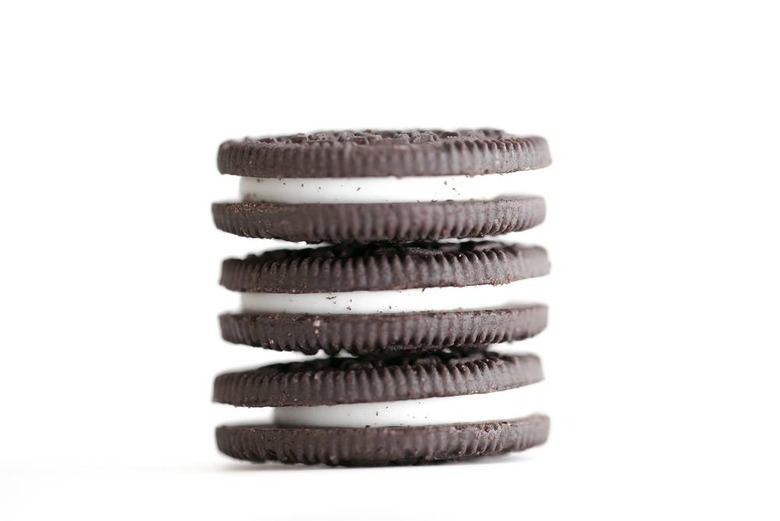Foodborne Pathogens Like Salmonella Can Survive For At Least 6 Months In Cookies And Crackers, Researchers Find
Foodborne bacteria like salmonella can survive for "at least six months" in cookies and crackers, a new study from the University of Georgia has found. The study was prompted by a recent increase in the number of food poisoning outbreaks linked to particularly dry foods, like crackers.
"There have been an increased number of outbreaks of diseases associated with consumption of contaminated dry foods," Larry Beuchat, a researcher at the University's College of Agricultural and Environmental Sciences, said in a press release.
"We wouldn't expect salmonella to grow in foods that have a very dry environment," and yet the study found that, in a sample of four kinds of cookies and crackers with different fillings, bacteria in all the samples survived, but some lived for several months.
"That was not expected," Beuchat said of the snack samples, which "are the kind that we find in grocery stores or vending machines." Typically, high-moisture environments are ideal for the cultivation of foodborne bacteria.
Researchers found that the salmonella lived longest in the cookies, which were filled with chocolate or vanilla, though the bacteria also survived in the crackers, which were filled with cheese or peanut butter.
The next step in learning more about foodborne pathogens, according to Beuchat, will be to isolate each of the specific ingredients in the samples to determine whether any specific element lends to the long shelf-life of salmonella and other bacteria.
